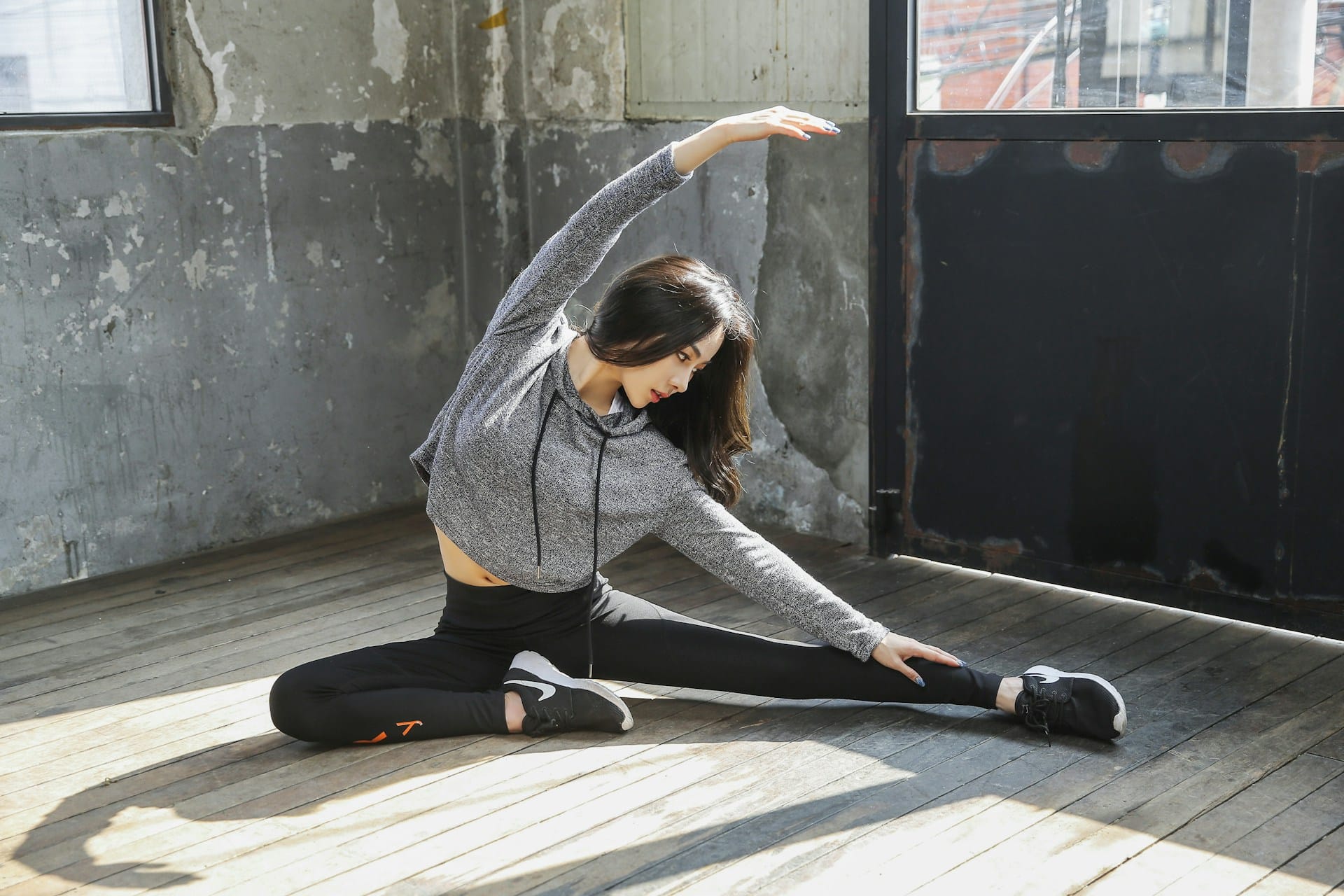Warming up before a workout is one of the most important steps in any fitness routine. It prepares your body for the physical demands of exercise by gradually increasing your heart rate and loosening up your muscles. Skipping a warm-up can lead to injuries and decreased performance. Therefore, a proper warm-up is essential for a safe and effective workout experience.
The Basics of Free Weight Training
Free weight training is a versatile way to build strength and muscle by using weights that are not attached to an exercise machine. The main types of free weights include dumbbells, barbells, kettlebells, and even medicine balls. These weights allow for a full range of motion in your exercises, engaging multiple muscle groups at once and giving you a more comprehensive workout.
Using free weights can improve your balance and coordination because they require you to stabilise and control the weight throughout the movement. It’s important to start with lighter weights and focus on your form before gradually increasing the weight. This helps in building a solid foundation and prevents injuries. You also gain the flexibility to exercise anywhere, whether at the gym or at home, making free weight training a practical choice for fitness enthusiasts at all levels.
Essential Safety Tips for Beginners
Safety is crucial when starting with free weights to avoid injuries and get the best results. Here are some essential safety tips to keep in mind:
- Start Slow: Begin with a weight that you can handle comfortably for a set of 12-15 repetitions. Gradually increase the weight as you become more comfortable with the exercises.
- Use Proper Form: Maintaining the correct form is vital to prevent injuries. Align your body correctly, and don’t compromise on form, even if it means lifting lighter weights.
- Warm-Up First: Before lifting weights, warm up your muscles with at least 5-10 minutes of cardio or dynamic stretching. A good warm-up increases blood flow and prepares your muscles for exercise.
- Stay Focused: Concentrate on the exercise you’re performing. Avoid distractions like chatting or using your phone, as these can lead to mistakes and injuries.
- Use a Spotter: When lifting heavier weights, especially with exercises like the bench press, it’s wise to have a spotter to help if you struggle with the last few reps.
Following these safety tips can make your free weight training both effective and safe, setting you up for long-term success in your fitness journey.
Common Free Weight Exercises and How to Perform Them Correctly
Incorporating common free weight exercises into your routine can help you build strength and improve overall fitness. Here are a few key exercises and how to perform them correctly:
- Dumbbell Squats: Stand with your feet shoulder-width apart and hold a dumbbell in each hand at your sides. Lower your body by bending your knees and pushing your hips back as if you are sitting in a chair. Keep your chest up, and make sure your knees do not go past your toes. Rise back up to the starting position and repeat.
- Bench Press: Lie flat on a bench with a dumbbell in each hand, palms facing forward. Extend your arms straight up above your chest. Lower the dumbbells slowly until your elbows are at a 90-degree angle. Push the weights back up to the starting position while keeping your core engaged.
- Dumbbell Rows: Place one knee and one hand on a bench for support. Hold a dumbbell in the opposite hand, palm facing your body. Pull the dumbbell up towards your ribcage, squeezing your shoulder blade at the top. Lower the weight back down in a controlled motion and switch sides.
- Shoulder Press: Sit or stand with a dumbbell in each hand, palms facing forward at shoulder height. Press the weights upward until your arms are fully extended above your head. Lower the dumbbells back to shoulder height in a controlled manner.
Performing these exercises with proper form ensures that you maximise benefits and minimise the risk of injury.
Creating a Balanced Free Weight Workout Routine
To achieve balanced fitness, it’s important to design a workout routine that targets all major muscle groups. Here’s how you can create a well-rounded free weight routine:
- Divide Your Workouts: Split your workout sessions into upper body and lower body days. This helps in focusing on specific muscle groups and allows for better recovery.
- Include Compound Movements: Exercises like squats, deadlifts, and bench presses work multiple muscle groups at once, making your workout more efficient.
- Add Isolation Exercises: Incorporate movements that target specific muscles, such as bicep curls and tricep extensions, to build balanced muscle strength and avoid imbalances.
- Set a Repetition Range: For beginners, it’s best to start with 12-15 repetitions per set. As you progress, you can vary the rep range and weight to continue challenging your muscles.
- Allow for Rest Days: Give your muscles time to recover by scheduling rest days in between intense workout sessions. This helps in preventing overuse injuries and promotes muscle growth.
Combining these elements ensures that your free weight routine is comprehensive and effective, catering to all aspects of fitness.
Conclusion
Embarking on a free weight training journey can be incredibly rewarding when done correctly and safely. By understanding the basics, focusing on proper form, and designing a balanced workout routine, you can achieve your fitness goals and maintain a healthy lifestyle. Consistency, patience, and adherence to safety guidelines are key to long-term success and avoiding injuries.
Ready to take your fitness journey to the next level? Join us at Element Fitness, where our state-of-the-art facilities and supportive community will help you reach your goals. Explore our 24-hour gym in Mitcham today and see the difference Element Fitness can make in your workout routine.




